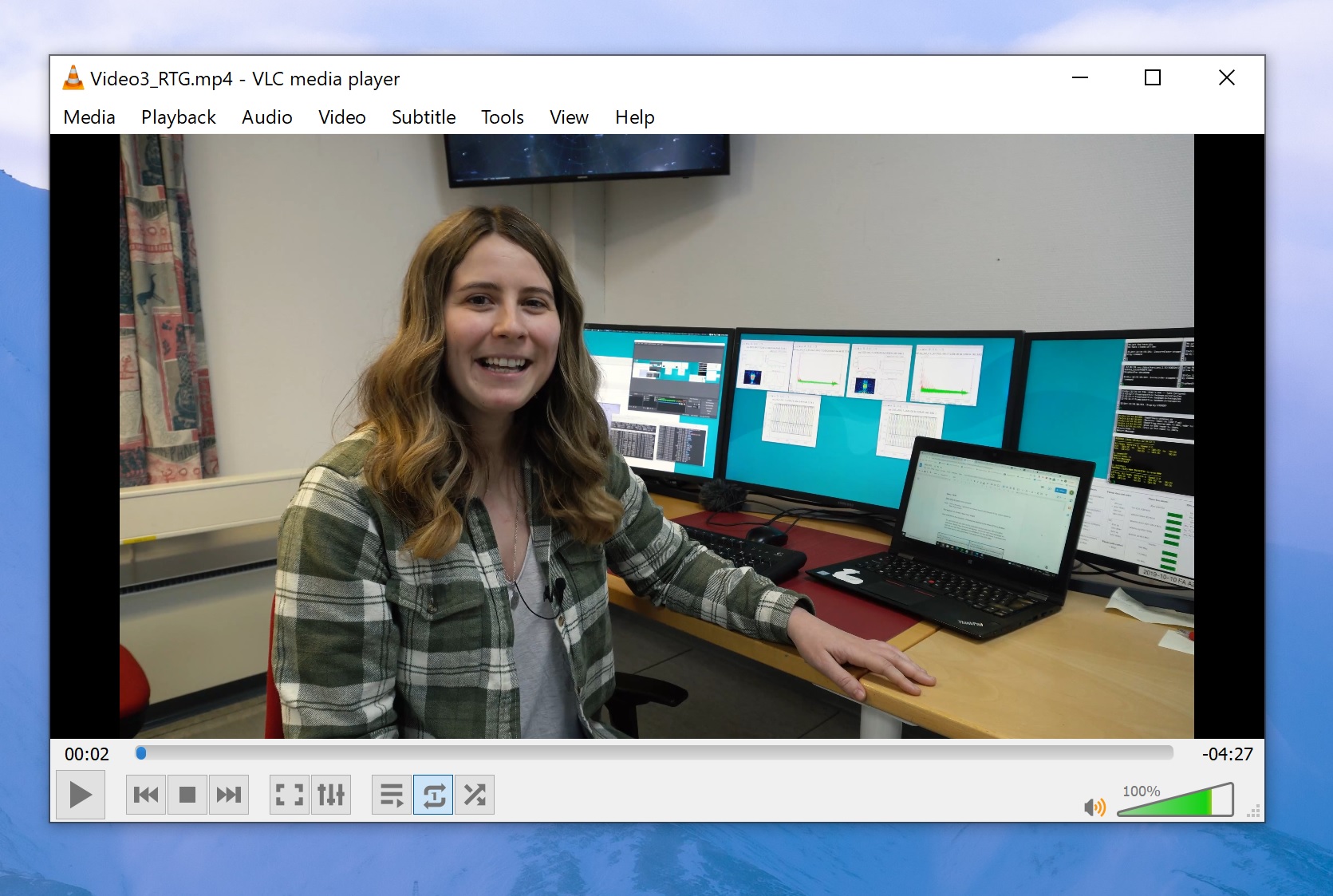Noora Partamies
Professor, Middle atmospheric physics
B 316

Research projects:
Which types of particle precipitation matter in the middle atmosphere? 1.1.2019-31.12.2022:
A Norwegian Research Council funded 4-year research project seeks to determine which types of particle precipitation are significant in changing the atmospheric chemistry. The Birkeland Centre for Space Physics together with UNIS approach is based on long time series of ground-based observations as well as atmosphere and climate modelling.
High-energy protons and electrons precipitating into the atmosphere from space can have a significant impact on the atmosphere’s chemical composition and dynamics. They are known to facilitate ozone depletion in the middle atmosphere, which may ultimately affect the surface temperatures in the polar regions. In this project we investigate which types of particle precipitation events are significant in driving these atmospheric effects, and which ones play only a minor role. Solar proton events, which originated from solar eruptions and account for most of the energetic proton input, are very strong but rare, occurring only a few times a year on average. Their effects on the atmospheric chemistry, namely the ozone depletion, are rather well-known. Energetic electron precipitation, however, is more common and less intense. Energetic electron precipitation results from dynamical processes within the inner magnetosphere, which transfer high-energy electrons from the radiation belts into the atmosphere. The chemical changes due to electron precipitation have been demonstrated for detailed studies of individual events, but little is known about their relative importance globally and over decadal time scales.
The Coupled Model Intercomparison Project (CMIP) has for the first time recommended that the Intergovernmental Panel on Climate Change (IPCC) reports would include a solar particle forcing, in addition to the solar radiation forcing. Several tools have been developed for detecting energetic particle precipitation and assessing its atmospheric effects. With the necessary long-term datasets it is now possible to validate the currently used estimates of particle forcing, and determine which event types have a significant global and long-term impact on the atmosphere. This knowledge can be used to improve future recommendations of solar particle forcing as a part of natural climate variability.
Terminology:
– The middle atmosphere includes the stratosphere and the mesosphere between about 10 and 90 km altitudes.
– Radiation belts are inner magnetospheric regions and storage areas for high-energy particles. Magnetospheric waves can accelerated stored particle population to higher energies, and changes in the magnetic field topology can shake them off to atmosphere.
Courses
AGF-210 The Middle Polar Atmosphere (15 ECTS)
AGF-223 Upper Atmospheric and Space Physics: Observational techniques and instrumentation (15 ECTS)
Project involvements
News mentions
Publications
Space and atmospheric physics on Svalbard: a case for continued incoherent scatter radar measurements under the cusp and in the polar cap boundary region
Lisa Baddeley Dag A. Lorentzen Stein Haaland Kjellmar Oksavik Noora Partamies



